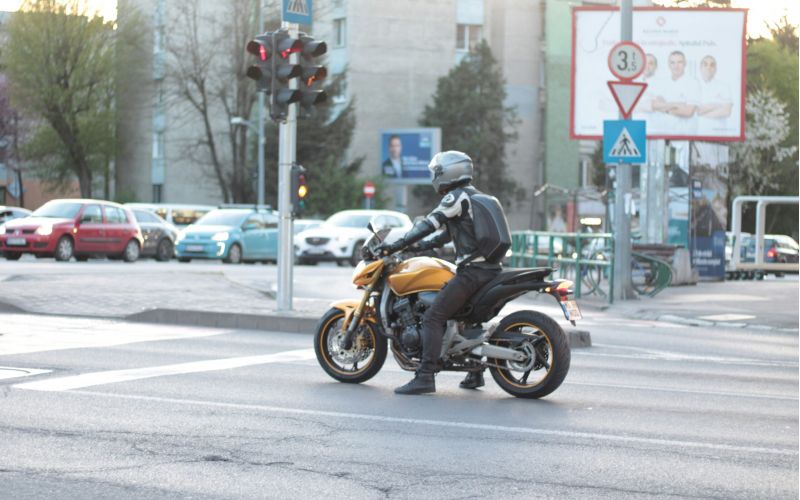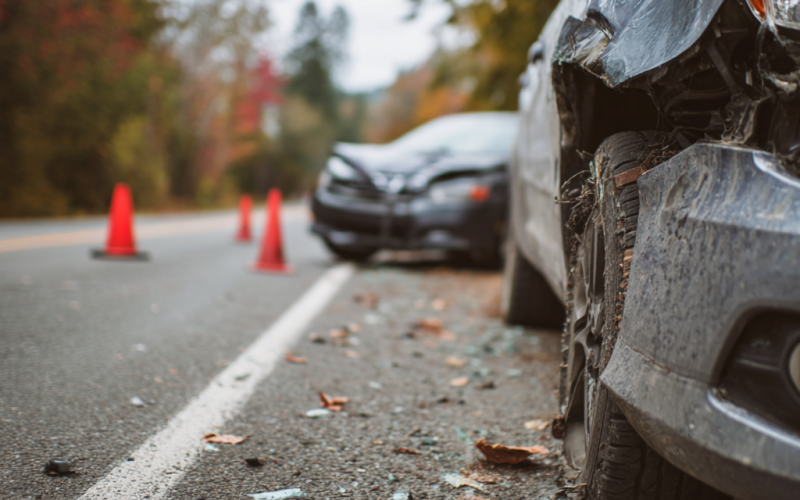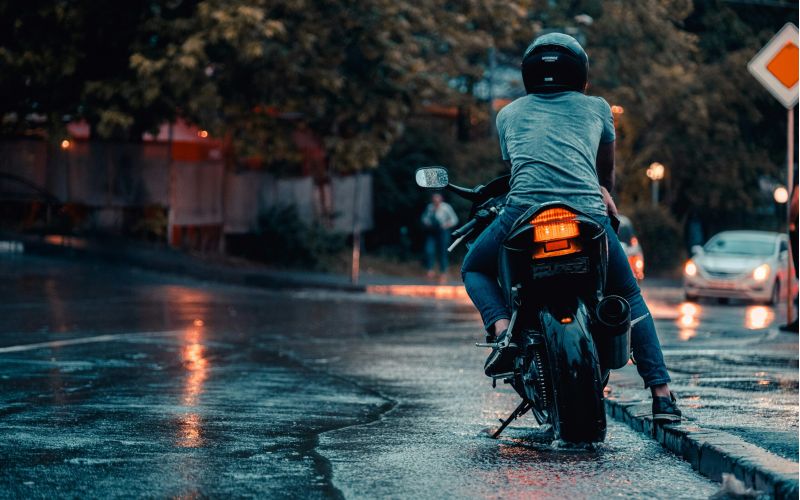Motorcycle Accidents in Spartanburg: Road Design Dangers



Key Takeaways
- Spartanburg’s mix of sharp curves, elevation changes, and narrow rural roads increases the risk of motorcycle accidents.
- Poor signage, faded lane markings, and limited lighting make visibility a serious hazard for riders.
- Wildlife crossings and lack of guardrails on rural roads further heighten danger for motorcyclists.
When a ride in Spartanburg turns into a serious accident, experience matters. The motorcycle accident lawyers at HawkLaw, P.A. know the local roads — and how to hold negligent drivers accountable.
Spartanburg is growing fast. With more residents, businesses, and traffic come opportunities, but also challenges, especially on the roads. Riders in and around the city face unique hazards, from sharp curves and elevation changes to wide turn lanes and narrow rural roads. These design features, combined with high speeds and limited visibility, can make even a familiar route dangerous for motorcyclists.
In this post, we break down the most common causes of motorcycle accidents in Spartanburg and highlight the road conditions and design issues riders need to watch for.
Visibility and Signage Hazards
As all motorcyclists know, one of the greatest dangers of riding is not being seen by drivers, particularly when drivers change lanes or turn at an intersection. In fact, data compiled by the National Highway Traffic Safety Administration in 2022 found that 44% of fatal motorcycle accidents occurred when a driver took a left turn while a motorcyclist was going straight. For motorcyclists in Spartanburg, this isn’t just a statistic; it’s a harsh reality. Just earlier this year, a motorcyclist was killed while traveling along SC Highway 11 just outside of Spartanburg after being hit by a driver attempting a left turn.
But accidents aren’t always the result of drivers failing to look for motorcyclists; they can also happen when road features themselves affect visibility. Roads that curve sharply or change elevation can conceal oncoming vehicles or obstacles. Curves that lack warning signs or reflective indicators are a particular danger, giving riders and drivers less time to prepare for potential dangers. The risk can be compounded even further by lighting issues, particularly at dusk or dawn when the contrast between sun and shadow is most significant.
In addition to a lack of proper signage, the rural roads surrounding Spartanburg are also well-known for having faded lines that are difficult to see or interpret. Again, this issue is often made worse at low-visibility hours. Without clear indicators of lane boundaries or turning paths, a rider or driver may misjudge another vehicle’s movement or be forced into a lane unexpectedly.
Speed and Lane Design
In some areas of Spartanburg, it’s not just signage or road lines that contribute to motorcycle accidents, but also the design of the road itself. We’ve already covered how elevation changes and sharp curves can create unexpected challenges, but when these features are combined with roads designed for faster, larger vehicles, the risks increase.
For example, many roads, such as I-85, US 29, and US 176, feature wide turning lanes and higher speed limits. These lanes make it easier for cars and trucks to make sweeping, high-speed turns, but for motorcyclists, who travel at slower speeds and may need to react quickly, a fast-turning vehicle can cut them off. Because motorcycles provide little protection, having to stop or swerve suddenly can be extremely dangerous.
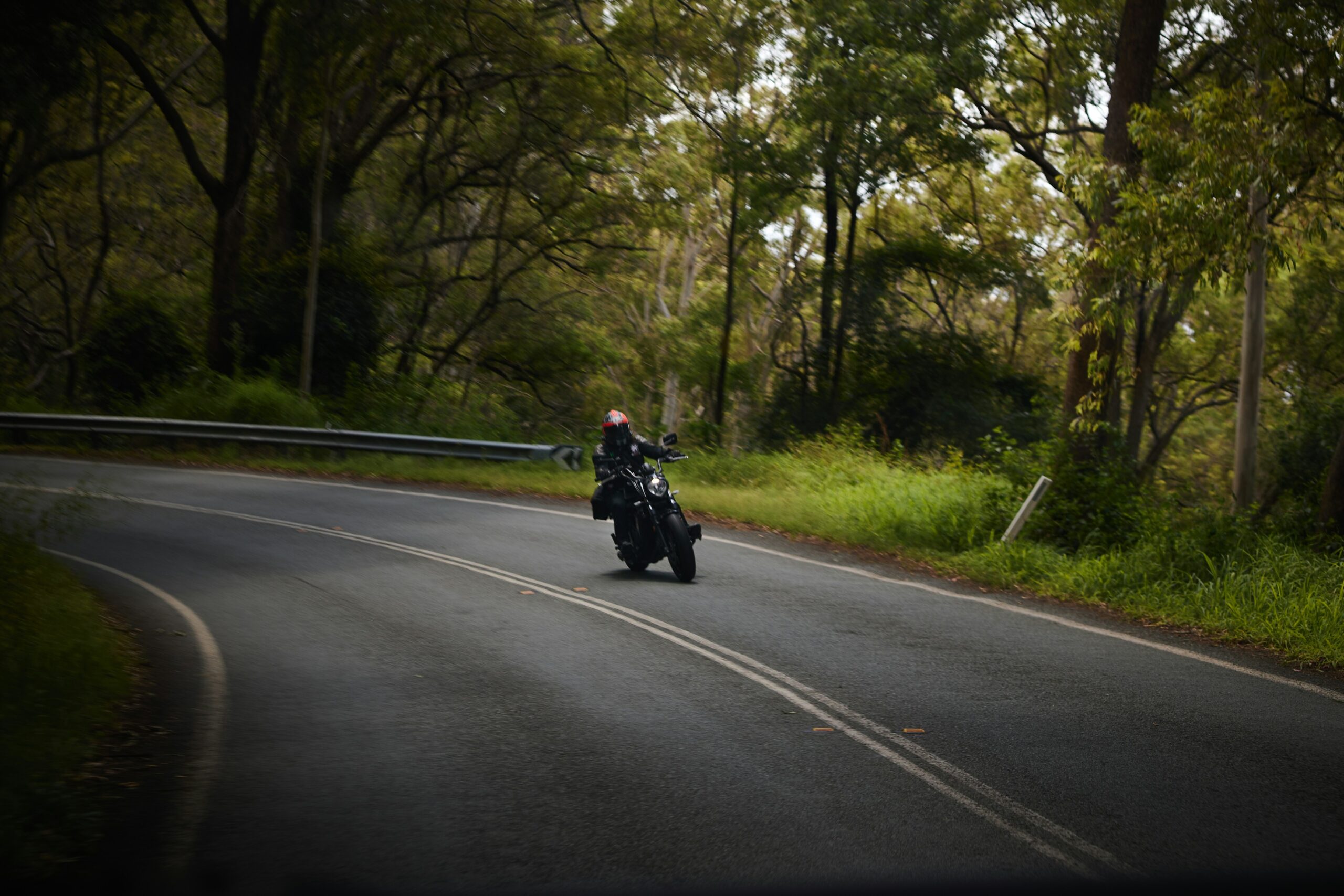
Lack of Barriers or Shoulder Space
While the larger, busier highways mentioned above can cause serious accidents due to road design flaws or other issues, the rural state roads outside of the city can also come with their own unique hazards to motorcyclists. In contrast to highways, these roads are typically much narrower and often lack guardrails or shoulders. By design, motorcycles lack the stability that a car has when veering off the pavement. The slimmer the margin between the road and ground, the more likely it is that a motorcycle tire will sink, slip, or grab unpredictably, sending the rider into a slide or causing the bike to flip.
On mountainous roads, such as SC-11, the risk of being thrown by a soft shoulder is made worse by the risk of the elevation. If a motorcycle accident occurs on a portion of road where there’s no guardrail, the motorcyclist may not only be ejected from the bike, but they may also land several yards below the road itself, hitting foliage and rock along the way.
Wildlife Hazards
One of the best parts about riding a motorcycle is the thrill of traveling through South Carolina’s large swaths of countryside and viewing the great outdoors without the confinement of a car or truck. In fact, many riders will even travel from out of state just for the opportunity to ride along the Cherokee Foothills National Scenic Byway, which intersects with I-26. On these rides, it’s far from uncommon to see breathtaking mountainous views as well as wildlife, such as bears, deer, foxes, raccoons, and other animals.
Unfortunately, these encounters can come with significant risks to motorcyclists, especially when considering that mountainous, rural roads that attract wildlife also feature sharp turns, poorly lit areas, and frequent speed fluctuations. All of these factors can slow a motorcyclist’s reaction time when faced with an animal in the road, and if they’re forced to stop too quickly, the risk of an accident is heightened.
It’s also worth noting that in these cases, the outcome is typically much more serious for motorcycle riders than for the driver of a car or truck. For enclosed vehicles, stopping suddenly or even colliding with wildlife will typically only result in damage to the vehicle and minor injury. But for a motorcyclist, a sudden impact with even a small animal can cause a rider to lose balance, slide into oncoming traffic, or be thrown from their bike, causing severe injury or even death.
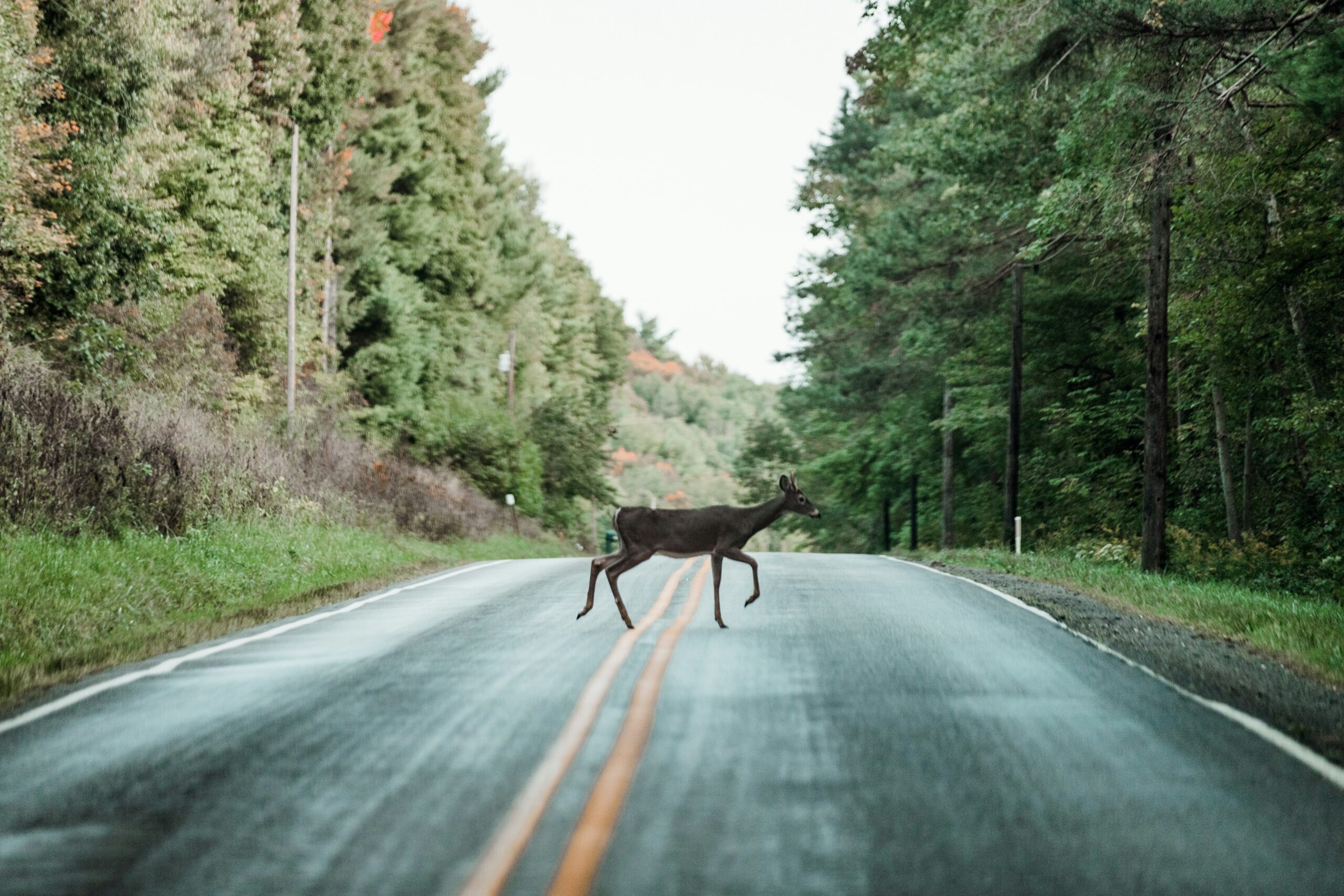
Road Safety in Spartanburg: What’s Being Done To Protect Drivers and Riders?
Throughout this post, we’ve highlighted the many common dangers that motorcyclists face in the Spartanburg area. But the good news for riders is that in response to growing traffic demands and accident concerns, the county has invested in infrastructure improvements through initiatives such as the Spartanburg County Road Enhancement Program. This program focuses on repaving, widening, and upgrading key roadways across the county, with the goal of improving safety and connectivity for all vehicles, including motorcycles.
In addition, Spartanburg County was recently awarded $16 million by the U.S. Department of Transportation to support infrastructure projects that enhance mobility and reduce crash risks. The funding will help expand capacity, modernize road layouts, and introduce new safety measures on major corridors.
Staying Safe on Spartanburg Roads
While these new measures are a step in the right direction, there is still much more that can be done in Spartanburg and its surrounding communities. Because of the region’s mix of urban and rural roads, there will still be many areas that are not covered by the new round of funding and initiatives. Even for those that are, renovations will likely take years to complete. To bridge the gap, riders can continue to advocate for better infrastructure and report problem areas to local authorities to increase visibility and momentum to find solutions to these issues. Until measurable change comes, riders can reduce their risk by driving defensively, reducing speed in unfamiliar areas, and anticipating potential hazards before they happen.
Unfortunately, this is often easier said than done. If a negligent driver or poor road management caused you to suffer from a serious accident, it’s important to know that you may be able to file a motorcycle accident claim to pursue compensation for your losses. Our Spartanburg motorcycle accident lawyers have decades of experience with these types of cases and can assist you throughout the legal process through local knowledge and skilled legal strategy. For more information, contact Hawk Law, PA for a free consultation*.
John D. Hawkins
John Hawkins is the Founder and CEO of HawkLaw He has been licensed to practice law in South Carolina since his graduation with honors in 1994 from the University of South Carolina School of Law, where he was on the Law Review and Order of Wig and Robe.
-
$3,000,000*
Trucking Accident Settlement
-
$1,005,000*
Car Accident Settlement
-
$575,000*
Personal Injury Settlement
"*" indicates required fields






